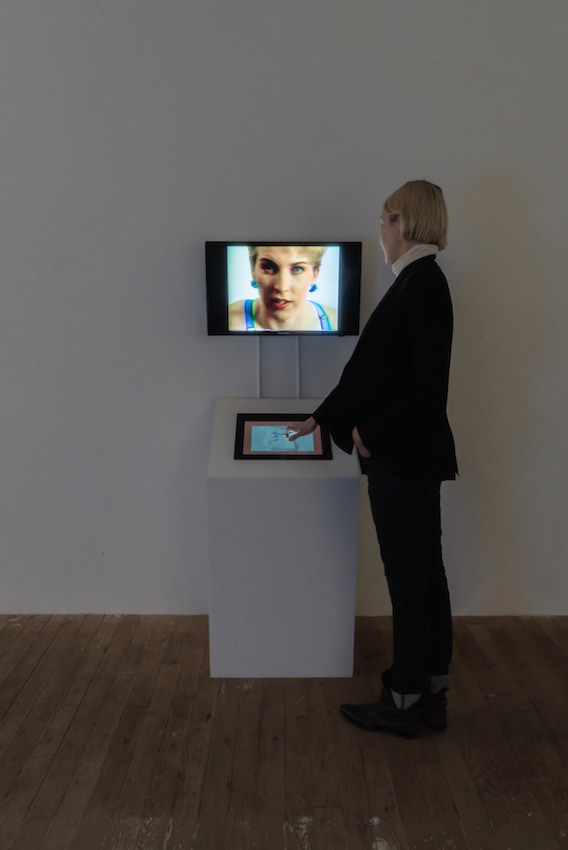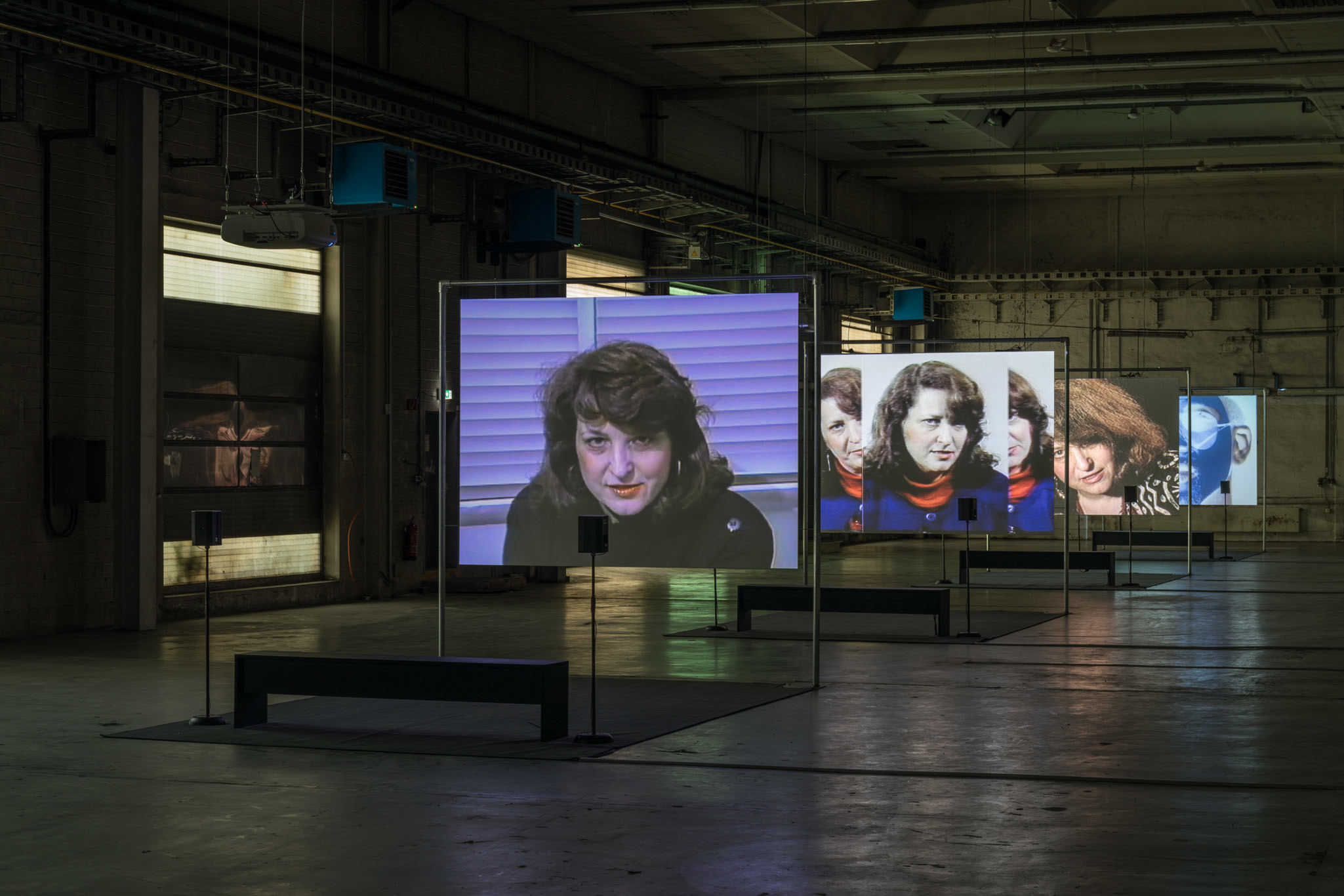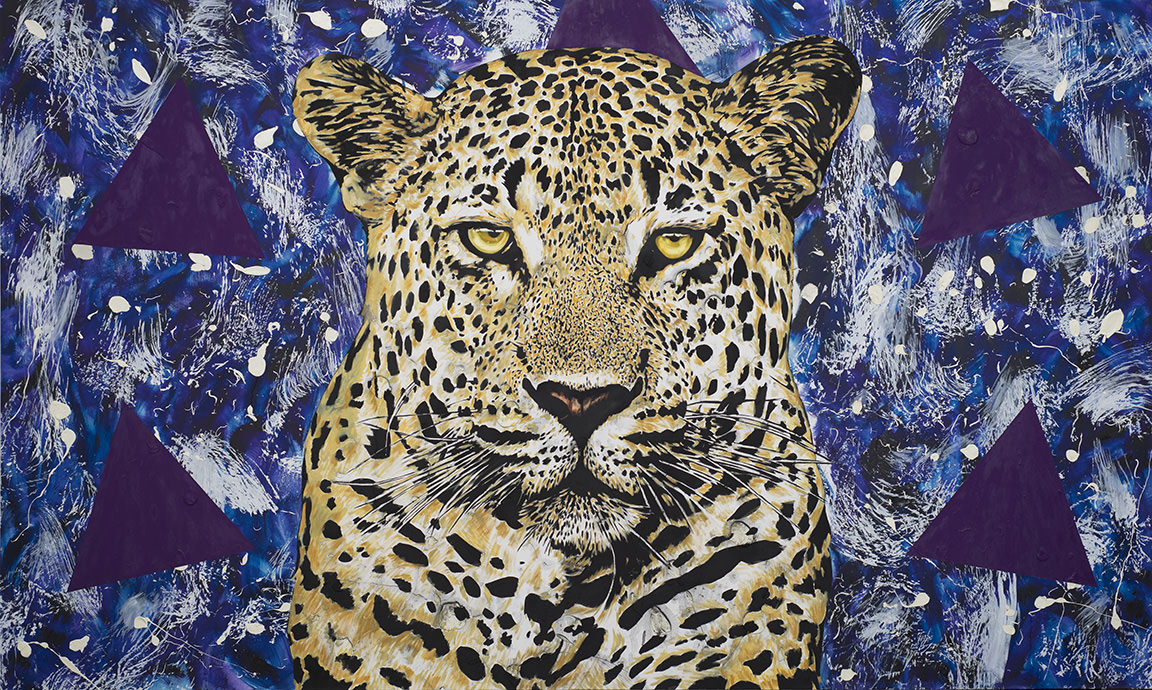Blurring the boundaries between art, science, and technology, Lynn Hershman Leeson has been producing pioneering artworks for over five decades, consistently addressing such compelling issues as gender, identity, privacy, surveillance, artificial intelligence, and, more recently, biotechnology and genetic engineering.
In the early 1960s she created the “Breathing Machines,” the first-ever “media art” sculptures that used sound recordings. Pieces such as Self-Portrait as an Albino (1968) addressed viewers and waited for their response—much like Siri—making viewers active participants. Hershman Leeson was also the first artist to create an interactive video disc installation artwork, Lorna (1979–84), as well as the first to use a touch-screen interface, in Deep Contact (1984).
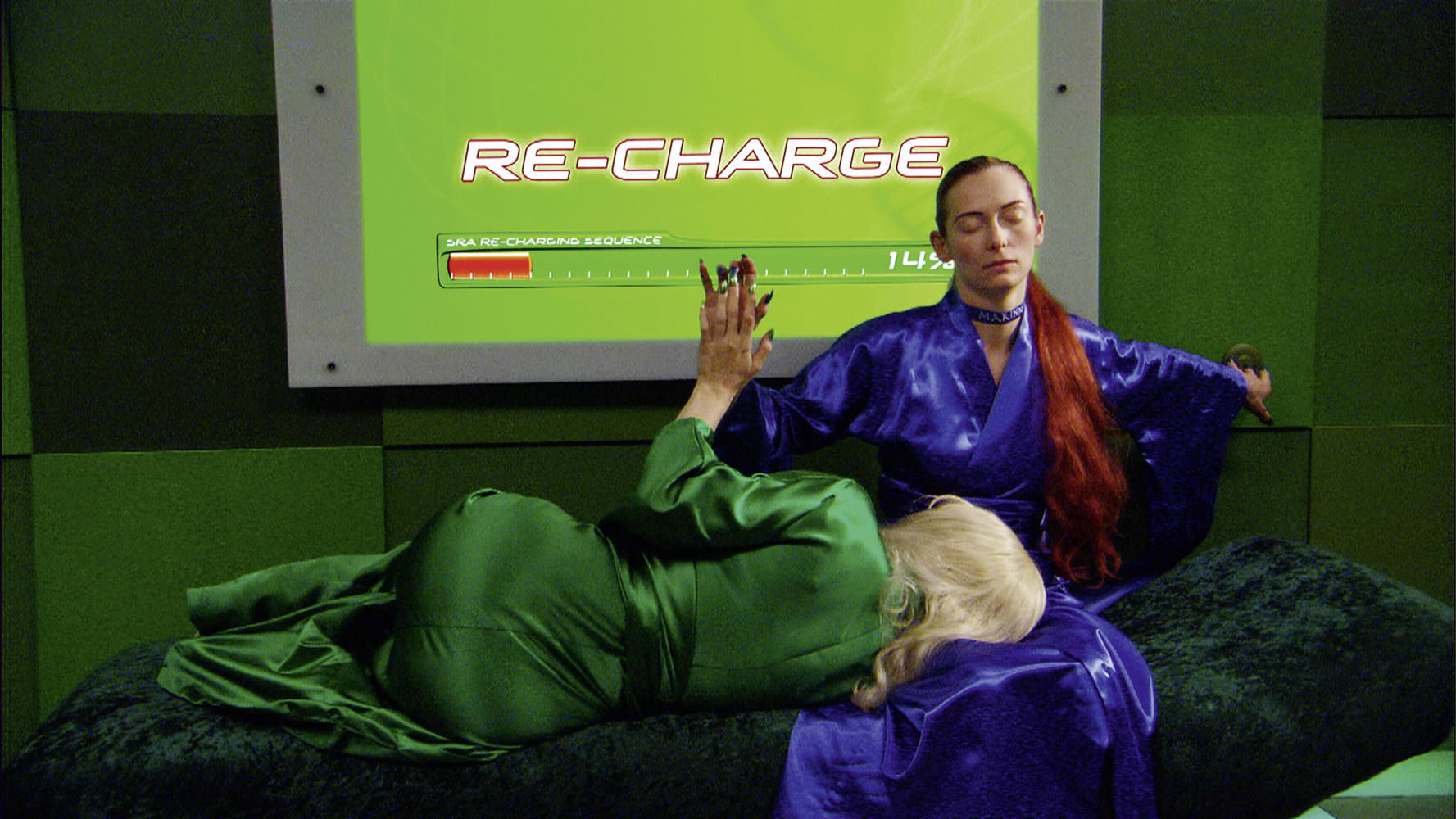
Lynn Hershman Leeson
Teknolust
2002
Film still from 24fps high-definition video transferred to 35 mm film (digitized), color, sound
82:30 min
©Lynn Hershman Leeson
Courtesy of the artist.
For more than eight years, parallel to her own life, she enacted the existence of the fictional character Roberta Breitmore, in what might be considered the first durational performance in art history. She further conceived early AI pieces, such as Agent Ruby (1998–2002) and Dina (2004), and has recently been experimenting with genetics and biotechnology in collaborations with well-known scientists. The Infnity Engine (2014–18)—a functional replica of a genetics lab—critically examined DNA manipulation, genetic experiments, and the production of transgenic organisms. Concluded in Basel, this project opened further questions about the possibilities of the latest genetic engineering technologies—research to be continued in upcoming projects dealing with biological surveillance and genetic mutation.
WHITEWALL: Lorna (1979–84), the first interactive video laser disc, has recently been purchased by the Whitney Museum and has been on view several times in the past few years. You previously mentioned that you were not able to show it for many years because no one understood it. Was there nothing similar being produced at the time in the art world?
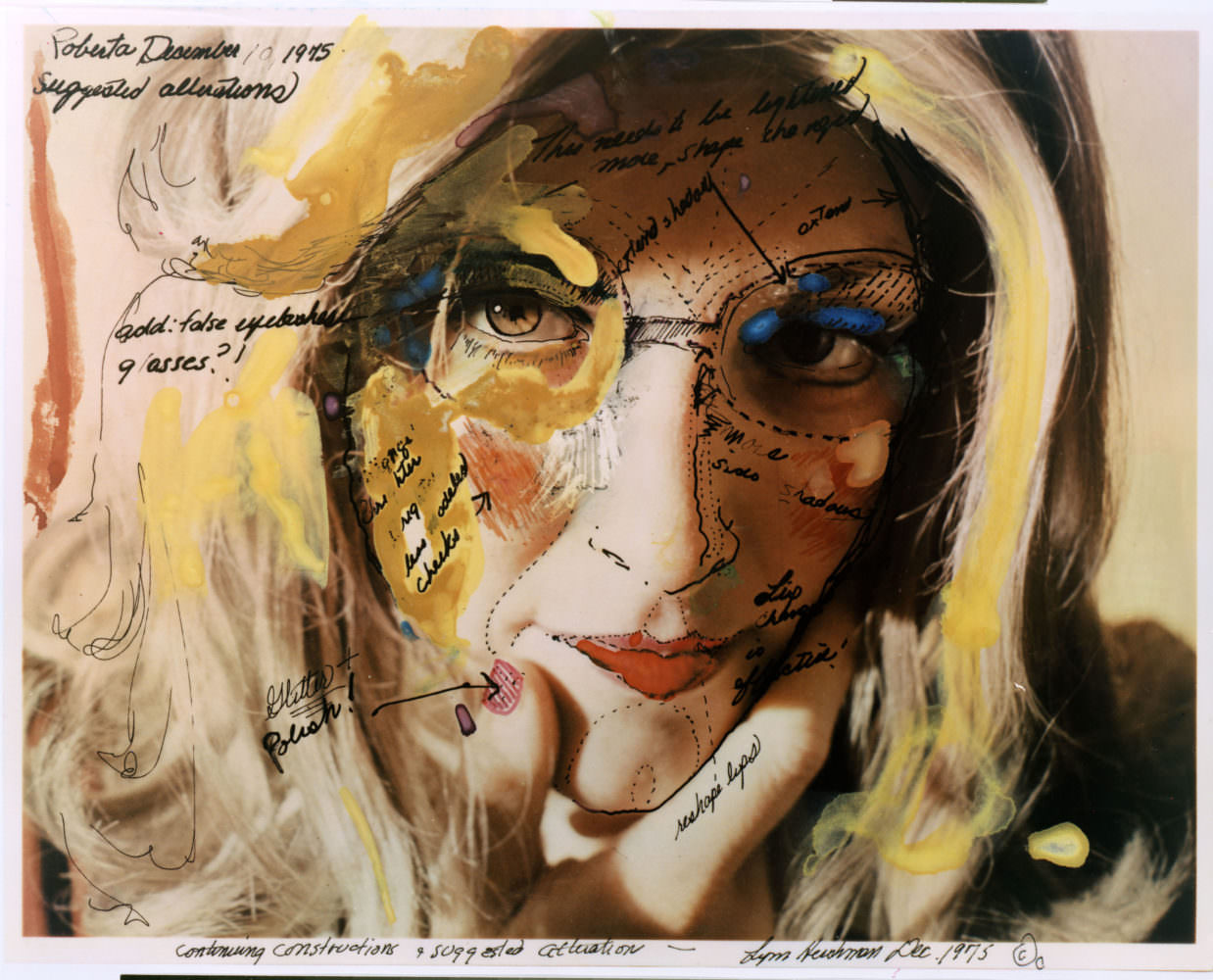
Lynn Hershman Leeson
Roberta’s Construction Chart #2
1975
Chromogenic color print
ed. 12 + 1 AP
29 1/8 x 37 1/8 inches
©Lynn Hershman Leeson
Private Collection, The Netherlands
Courtesy of the artist and Paul van Esch & Partners Art Advisory, Amsterdam.
LYNN HERSHMAN LEESON: There really was no precedent unless you consider some experiments with Duchamp and Cage for chance operations. Lorna was the first computer-based interactive work that required viewers to participate and respond. Because there was no history or language, curators rejected it and said it was “not art.” Hence, it was not shown after the initial exhibit for over twenty years.
WW: In the current context, Netfilx’s Black Mirror: Bandersnatch has a very similar concept to Lorna, with the viewers making decisions for the main character.
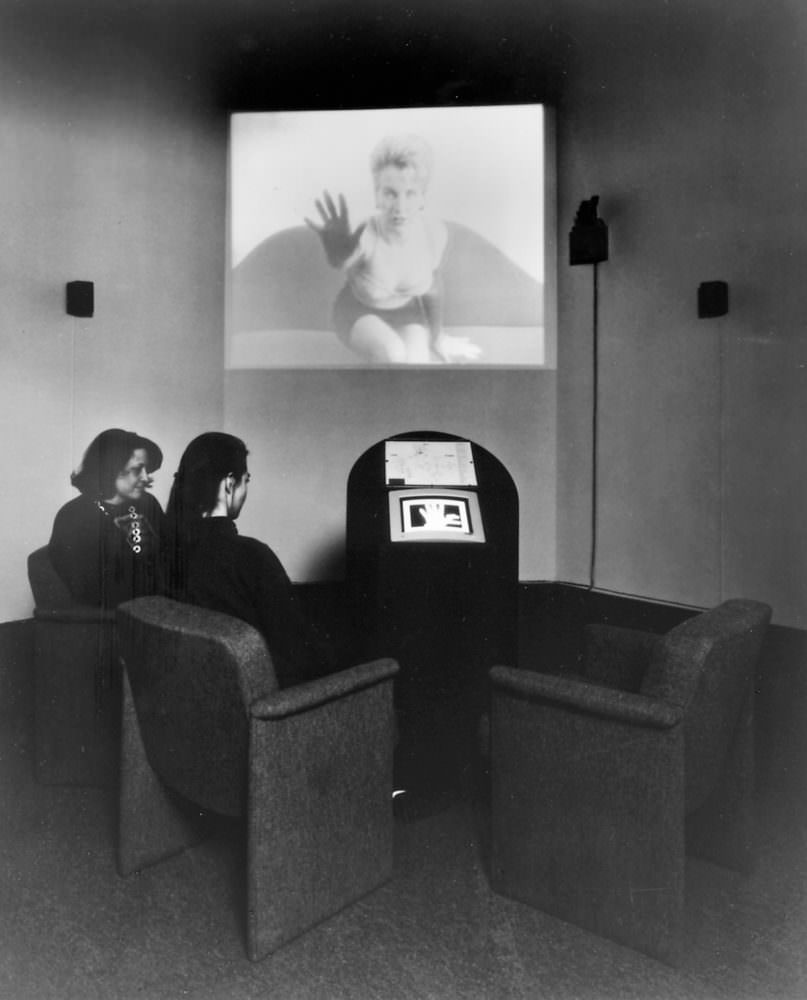
Lynn Hershman Leeson
Deep Contact
1984
Installation view with Lynn Hershman Leeson and Sarah Roberts of interactive videodisk
installation, touch screen, video, color, sound, laserdisc projector, surveillance camera, infinite
duration
©Lynn Hershman Leeson
Courtesy of the artist and the Donald Hess collection.
LHL: Yes, Lorna lived a remote-controlled life where the viewer who would come to participate or watch her life would use the same chair she used, would use the same remote switch as she did, and be able to activate the choices for the character in such a way that the viewer virtually became the character.
WW: After Lorna came Deep Contact (1984–89), the first artwork to use touch screen. Agent Ruby came a bit later, still far in advance of Siri and similar interactive software.
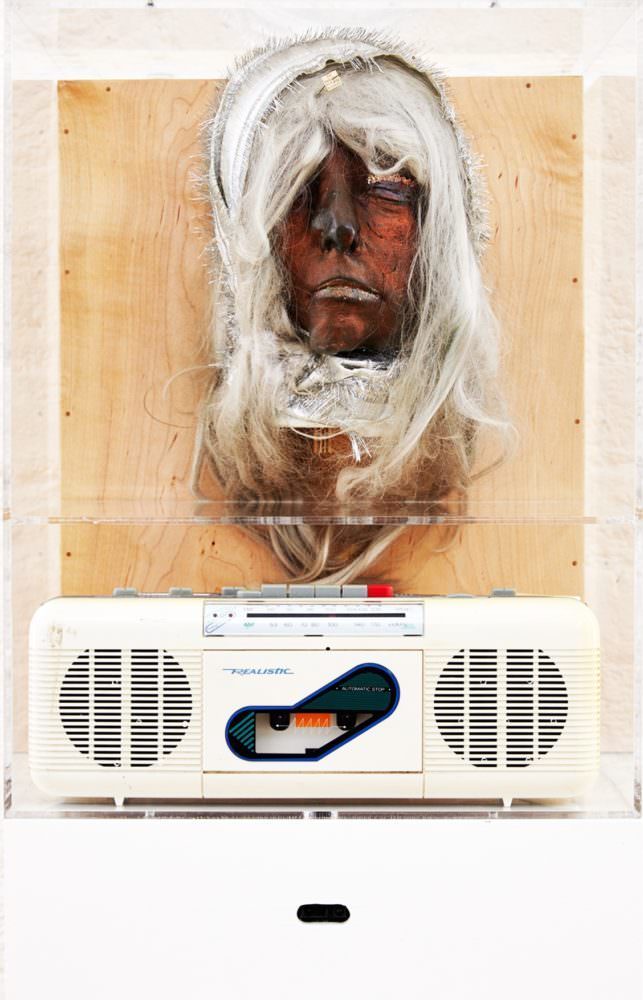
Lynn Hershman Leeson
Self Portrait as Albino
1968
Wax, wig, wood, tape recorder, sensor, sound
©Lynn Hershman Leeson
Courtesy of the artist and the Florencia Foundation.
LHL: Twelve years, to be more precise.
WW: Do you think Siri drew inspiration from your work?
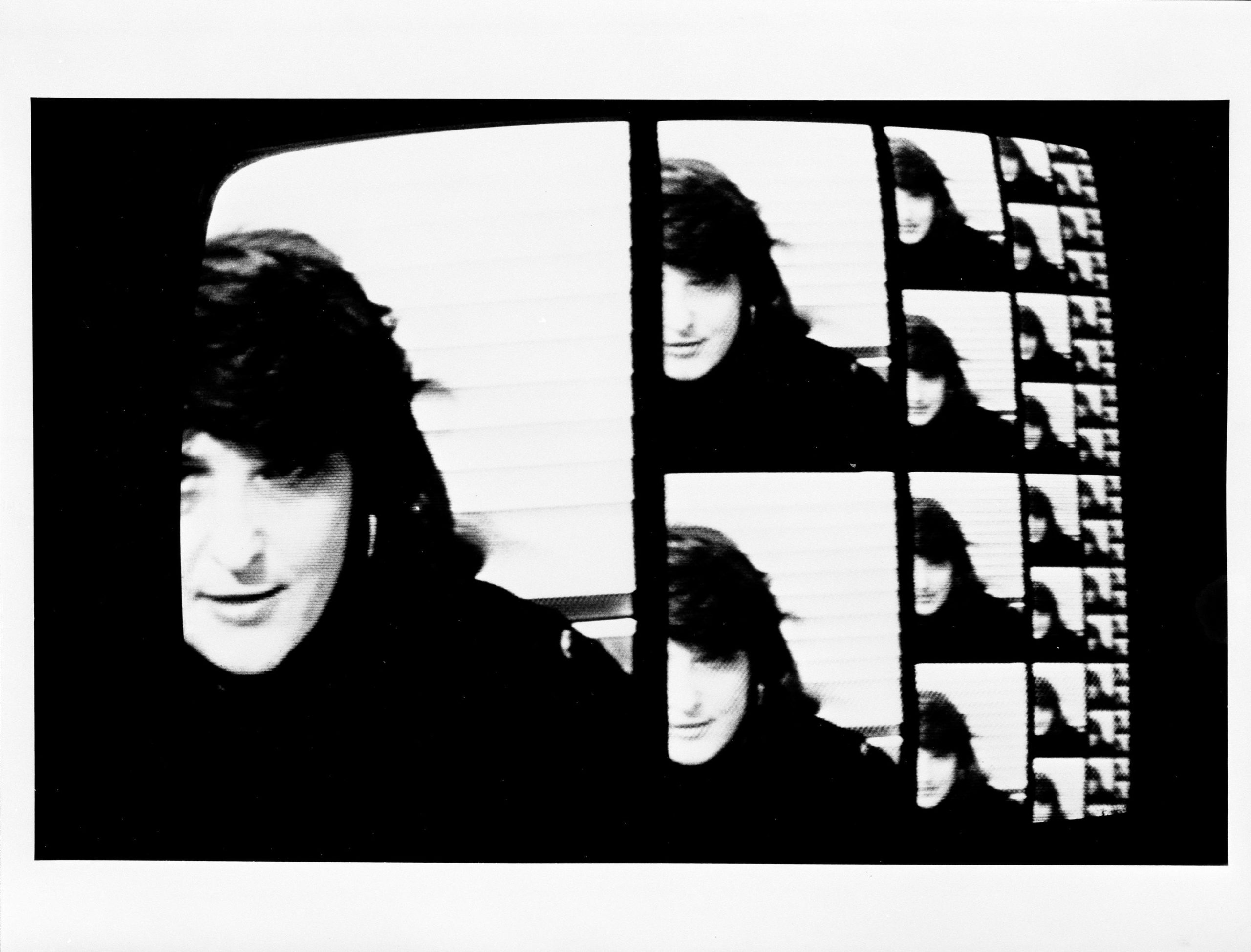
Lynn Hershman Leeson
Electronic Diary Part III: First Person Plural
1988
Video, 28 min
©Lynn
Hershman Leeson
Courtesy of the artist and Bridget Donahue Gallery, New York.
LHL: I do, because I received $40,000 software to experiment with. We were trying to extend what the software could do, what we could make with it. We had no commercial interest at all, but my programmer, who later worked for Google, also developed the Android phone that they used to make Siri, but we couldn’t prove it.
WW: What was the exact idea behind Agent Ruby?
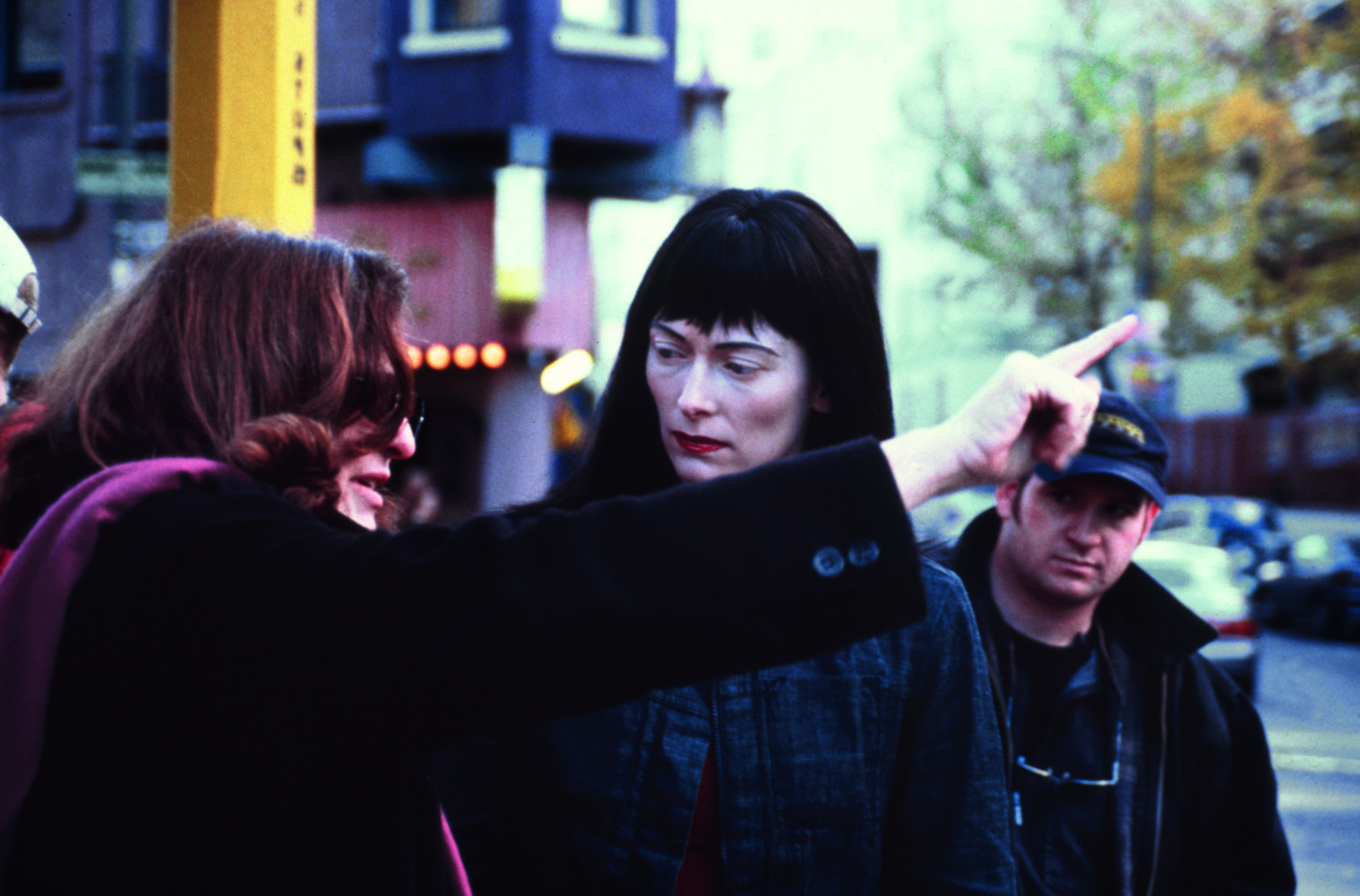
Lynn Hershman Leeson and Tilda Swinton.
LHL: I had the idea for an on-screen agent you could talk to—like a virtual self, in a sense. But it was such a wild idea at that time that nobody understood, so I wrote Teknolust, which incorporated the idea of this agent on the screen, where one of the cyborgs had a lonely-hearts chat that she conducted. People would relate more to the idea of the film than to the idea of this artificially intelligent agent—that was too far out for anybody to understand its capabilities. I made this film that incorporated the agent, and I wanted this to be an extended cinematic part of that whole process that would be symbiotic and tied together. When we originated the project people used PalmPilots—the iPhone hadn’t been invented. The audience would arrive at the theater
to watch Teknolust, and by the time they left the cinema, the program was installed onto their PalmPilots. This way they left the theater having seen the movie and being able to talk to Ruby. It was like extending beyond the screen into reality.
WW: Are you working on your next movie?
LHL: Since 1994, I have been trying to make part three—originally it was meant to be three parts. Conceiving Ada invented the virtual sets, Teknolust was the first definition use of AI, and the third part I have been trying to produce since 2001. There is now a producer interested in realizing this film, most likely in 2020. This will be part three, and Roberta Breitmore will also be in it as a means to deal with trauma. The rest of the movie will be dealing with genetics, epigenetics, genetic trauma, and DNA alterations.
WW: How did you become interested in epigenetics?
LHL: It became part of the research for The Infinity Engine. Through this project I gained access to information on what was being researched in this field that had not yet been published. For instance, the conversion of my film into DNA could not have been possible a year prior. The Infinity Engine was finished in Basel, and being able to convert it into DNA concluded it; it was
the perfect ending to the project. The new film will incorporate a lot of this research because a lot of it is about epigenetics—the scarring of DNA that happens through trauma in your ancestor’s life. For instance, if something happens to your grandmother and she creates an epigenetic scar on your DNA, this will affect every generation afterwards. Thomas Huber, the scientist from
Novartis, will lead a program of epigenetics, so even Novartis is creating a division dealing with it.
WW: Will you further collaborate with him on other projects?
LHL: Yes, I would like to further collaborate with him on a project where I convert polluted water into clear water. I would like to call this Fountain of Trust because of how it will deal with one regaining trust. In this project, people will have to drink from unpolluted water, trusting that it will be fine. This will be part of their initiation to be able to trust again.
WW: You are currently also working on several commissions for the opening of The Shed. Which works will you show there?
LHL: I will show two new sections of the diaries: one that I found recently concerned with the birth of my granddaughter, done 18 years ago, and another that is concerned with what is happening with DNA, genetics, with crossing species and the rationale for eventually transforming everything that was in the diaries into DNA—in fact, an extension of what we did in Basel. I am also
working now on Shadow Stalker—that will create a shadow of the information available about you on the Internet. It uses AI, and it is concerned with paranoia and pollution: global pollution, media pollution, digital pollution, what that does to our psyche, and how paranoid we have to be because so much information about us is out and contaminated. I will show American Forensic, a collective forensic reading of the shootings that have taken place in America, and plan to make a new adaptation of VertiGhost. There will also be four pieces by younger artists (Sondra Perry, Simon Fujiwara, Martine Syms, and Morehshin Allahyari) who were inspired by my work.
WW: Your works dealing with technology seem to comment on our highly mediated existence. Do you have any specific concerns for future developments in this sense?
LHL: A major part of my work related to technology comes from surveillance, but surveillance nowadays comes from the inside out. So far, we were being tracked by cameras and digital codes, but now we are biologically tracked. The thing to watch in the future is the internal tracking.




